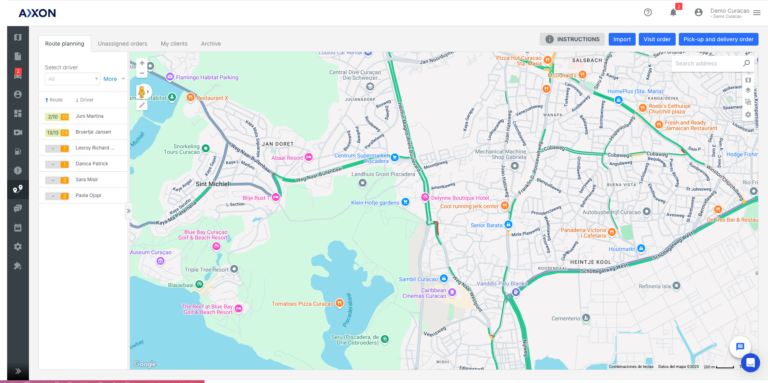Four Route Optimization Tips for Distributors
Assuming you already have a fleet management system in place, here are four ways to leverage the data from this system to optimize your routes, thereby enhancing efficiency and productivity.
1. Analyze and Adjust Routes Regularly
Route optimization is a dynamic process that requires constant review and adjustment. By analyzing the data from your fleet management system, you can assess the efficiency of your current routes based on key performance indicators (KPIs) such as delivery times, fuel consumption, and driver feedback.
Use this data to spot inefficiencies, identify patterns, and adjust routes as necessary. Remember, what worked best six months ago may not be the most efficient route today.
2.Prioritize Driver Feedback
Your drivers are on the front line of your operation and their feedback can provide valuable insights for route optimization. Encourage your drivers to share their experiences and suggestions about their routes.
Their hands-on experience coupled with the data from the fleet management system can help you identify practical improvements to optimize routes further.
3. Use Predictive Analytics
Many fleet management systems come with predictive analytics capabilities. This feature allows you to anticipate future outcomes based on historical data. For instance, you can predict traffic patterns, fuel usage, and delivery times for different routes and times of the day. Using these predictions, you can create the most efficient routes for your fleet.
4. Implement Dynamic Routing
Dynamic routing allows you to adjust routes on the fly based on real-time circumstances such as sudden traffic congestion, weather changes, or last-minute delivery requests. Axxon's fleet management system, for instance, supports dynamic routing by providing real-time updates that allow for quick rerouting decisions.
Conclusion:
Fleet route optimization is an ongoing process that requires regular data analysis, driver feedback, and a robust fleet management system. With the right strategies and tools, like Axxon's fleet management solution, you can significantly improve your route efficiency, reduce operational costs, and enhance customer satisfaction.
To discover more about how Axxon can help optimize your fleet routes, contact our team today.



